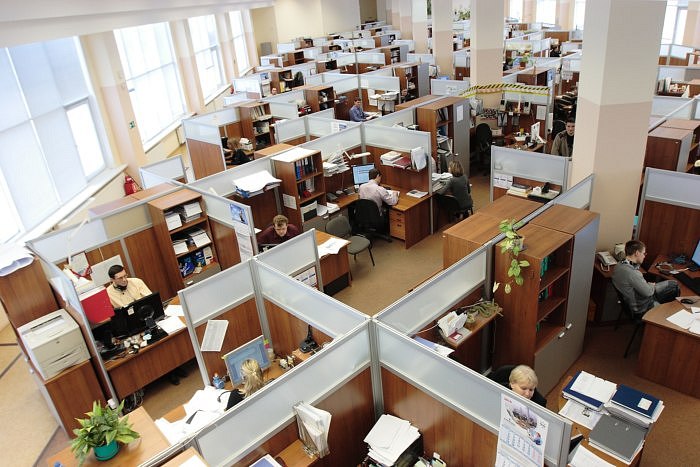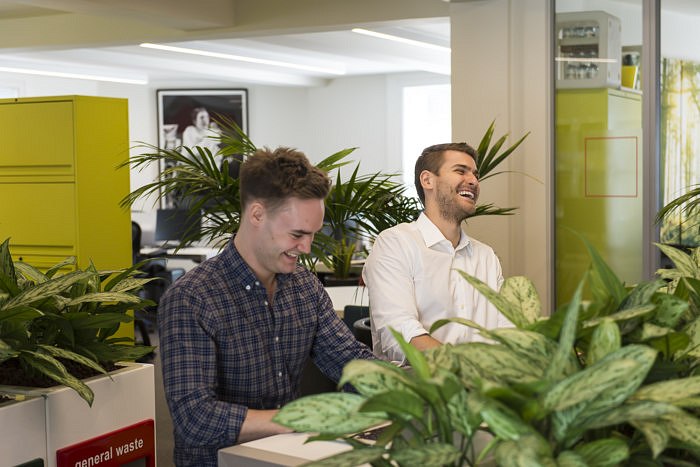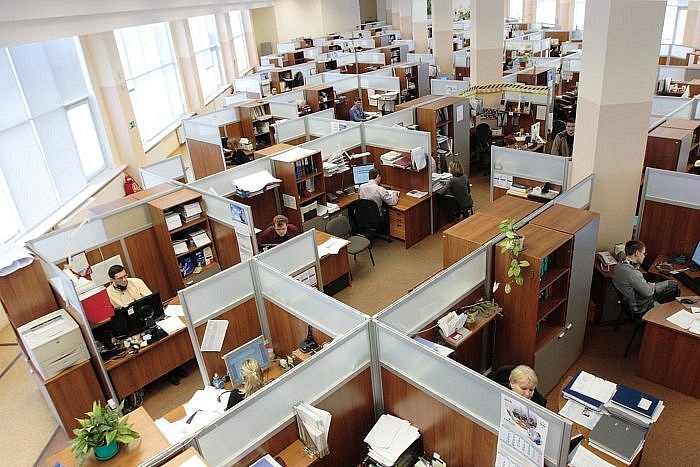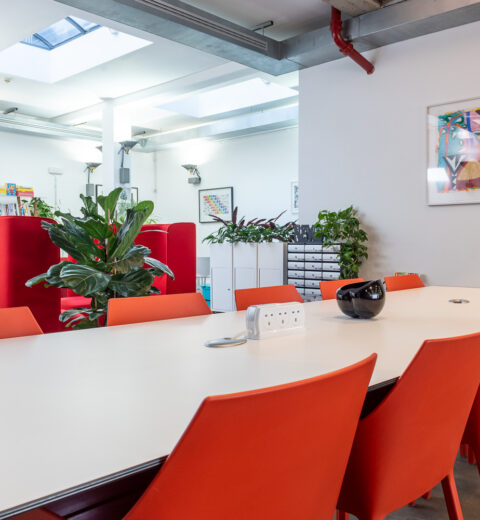What businesses can learn from the history of the office
Along the northern edge of the Horse Guards Parade in St James’ Park stands a grand four-storey building made of yellow brick. Looking out across its royal surroundings, the building does nothing to belie its status as the first office space of London. Indeed, its regal structure and archways certainly do nothing to suggest that it was here that meeting spaces and reception areas were first dreamt up in 1726.
Only by studying a plaque on a south-facing colonnade would a passer-by come to learn that this majestic building is in fact the ‘The Old Admiralty Office’. The place that once handled all the paperwork for the Royal Navy.
Complete with its own boardroom and desks arranged for carrying out administrative tasks, the building would ultimately lay the blueprint for the offices which soon began to appear all across London.
Attending to the necessary form-filling, accounting, and book-keeping of local businesses, these spaces were typically arranged with long rows of desks which were overlooked by superintendents who made sure that all clerical work was being dutifully carried out.
Recognising the need for an industry-wide standard, a government report issued in 1856 stated that ‘for the intellectual work, separate rooms are necessary so that a person who works with his head may not be interrupted’. Thus, the office was properly born.
The case for the cubicle
In the centuries which followed, the layout of the office was subject to many different iterations. Some maintained that open-plan spaces would help foster greater collaboration whilst others argued that being closeted away in cubicles reduced the risk of distraction and increased productivity.
To try and settle the matter, a huge body of research has been carried out to establish exactly what the optimal office would look like.

The chief reason that cubicles have remained a part of the furniture since their introduction in the 1960s has everything to do with efficiency. Specifically, it has been shown that the privacy and silence of a cubicle allows employees to attend to their work without being side-tracked by the bustle of an open-plan office.
Studies have also shown that those who spend their days at a cubicle farm are more likely to have face to face interactions with their colleagues than those working without walls. This has to do with the way employees will actively set out to socialise when they aren’t surrounded by other people all day.
Not without its critics, the modest office cubicle has been the subject of reproach for restricting the space available to employees, eliminating their exposure to natural light, and generally depriving them of a comfortable place in which to work.
Psychologists have also suggested that not being able to enjoy a view of the outdoors can be a contributing factor to work-related stress, a fact which would naturally concern any business keen to promote staff morale.
Opening up the floor
Far from being a modern phenomenon, open plan offices were fairly common prior to the 1950s. However, it wasn’t all hanging baskets and coke fridges which lined the floors, but large rows of benches which seated clerks carrying out repetitive tasks.

Allowing employees to interact more freely, the defining advantage of an open-plan office is that it allows entire teams to keep on top of tasks whilst enjoying an environment that has been proven to improve their mood.
The Harvard Business School conducted an experiment into the behaviour of employees following the transition from cubicles to an open-plan environment. What they found was more than a little interesting. What they discovered was that the use of email increased greatly as the staff tried to reclaim the privacy and quiet they were used to inside of their cubicles.
A variety of studies have also demonstrated that employees working in open-plan offices are more likely to catch colds and take more sick days as a consequence.
Clearly, there is no “one size fits all” solution for the workplace.
With no obvious winner, some businesses opt for open-plan layouts to increase communication between employees. Some businesses have returned to traditional layouts comprised of cubicles. Some businesses have totally abandoned the question by encouraging remote working, allowing employees to carry out their tasks from the comfort of coffee shop couches.
Getting the best of both worlds
The question, it seems, is how to combine the benefits of both open and closed working environments.
Office furniture manufacturers Orangebox have no doubt anticipated the need for such a merging with their selection of office pods and cove screens. Made up of modular walls and glass screens, the purpose of the pod is to create enclosed areas inside of an open-plan setting. Otherwise known as ‘acoustic pods’, these self-contained spaces can be used as a meeting area, a place for video conferences, or simply as a break out room.

Cove screens serve a similar function. Available in a range of colours, sizes, and textures, these screens help to reconfigure offices so that businesses can get the best of both open and closed layouts.
With the option of adding and subtracting sections to create workstations and soundproofed nooks, it’s possible for users to create a layout that best meets the needs of their working day.
These products can be purchased through various online distributors, such as Office Furniture Scene who stock a wide range of the Orangebox collection.
Affording flexibility, these products can be easily integrated into a workplace to help achieve a layout that offers all the best elements from offices gone by.
Photo credits: eOffice, Pixabay



